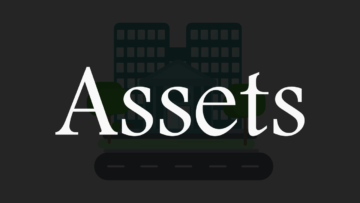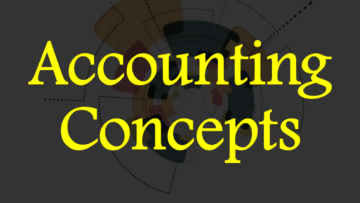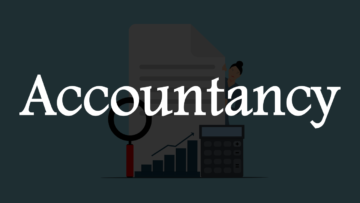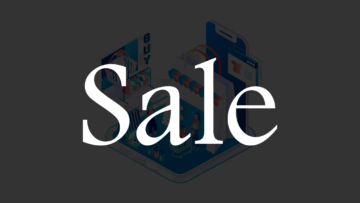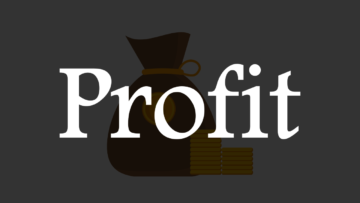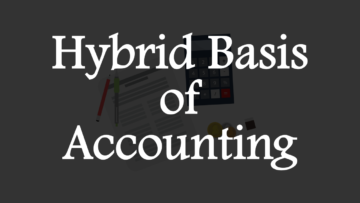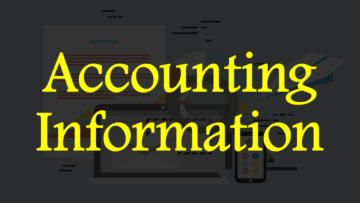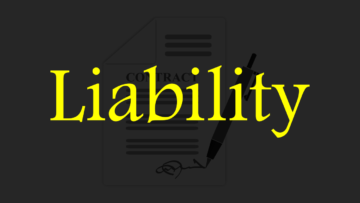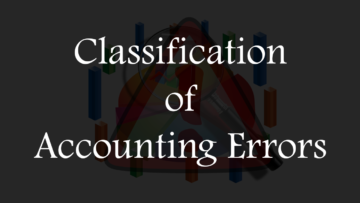Many types of reports are prepared in business so that the business can be known and assessed, one of these reports is the balance sheet. The balance sheet is prepared to know the position of the business as it shows how much the business owes and what is owned by the business. It plays a very important role in business because with its help the business can make many types of decisions and it also helps in attracting external resources, but along with-it other reports are also required. The result of the balance sheet depends on the data used.
Balance sheet is prepared with well-structured format as it is considered to be the supreme report of the business, but it does not mean that other reports are not supreme. The format of the balance sheet may depend on the nature of the business or the law, rules, regulations, etc. made by the governing authority but all the formats are as per the concept of balance sheet. The format of the balance sheet helps to systematically manage the contents to be recorded in the balance sheet.
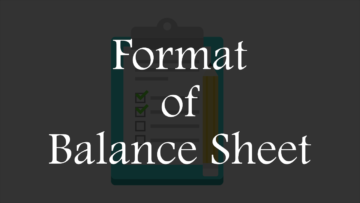
Table of Contents
Format of Balance Sheet
The format of the balance sheet is described below:
Balance Sheet
of M/S ABC Company
as on 31st March 2024
| Liabilities (Owes) | Amount | Assets (Owns) | Amount |
| Owner’s Share | xxxx | Assets | xxxxx |
| Liabilities | xxxx | ||
| Total | xxxxx | Total | xxxxx |
1. General:
All the external elements of the format come under it like name of the report, name of the firm, period, other elements, etc. and all these elements help in understanding the report. Outside the format, the name of the report is written first, such as Balance Sheet, followed by the name of the business, such as M/s ABC Company, followed by the period, such as 31 March 2024, if anything else is left after that then it is written. After writing all the external elements of the format, the process of balance sheet is started.
Balance Sheet
of M/S ABC Company
as on 31st March 2024
2. Liabilities:
All liabilities of the business are recorded on the liability side of the balance sheet. The owner’s share or investment also comes under liabilities because as per law the business is an artificial person. If there is profit in the business, then it is given to the business owner and if there is loss in the business then it is compensated from the business owner. Business has mainly two types of liabilities, one is long-term liabilities which are also called non-current liabilities and the other is short-term liabilities which are also called current liabilities.
| Liabilities | Amount |
| Owner’s Share | xxxx |
| Liabilities | |
| – Long Term Liabilities (Non-Current Liabilities) | xxxx |
| – Short Term Liabilities (Current Liabilities) | xxxx |
| Total | xxxxx |
3. Assets:
All business assets are recorded on the asset side of the balance sheet. In business, assets comes either through the owner or through borrowing or through assets, so assets are equal to the owner’s share and liabilities. There are mainly two types of assets one is fixed assets which is also known as long-term assets and the other is current assets which is also known as short-term assets.
| Assets | Amount |
| Assets | |
| – Fixed Assets (Long Term Assets) | xxxx |
| – Current Assets (Short Term Assets) | xxxx |
| Total | xxxxx |
4. Amount:
The amount column in the balance sheet is divided into two sides, one is the liability side, and the other is the asset side. The amount of all liabilities is recorded on the liabilities amount column and the amount of all assets is recorded on the assets amount column. This column helps in preparing the balance sheet neatly and clearly as the amounts and particulars are recorded separately using it. This column also helps in understanding the balance sheet easily.
| Liabilities | Amount | Assets | Amount |
| Owner’s Share | 1,20,000/- | Assets | |
| Liabilities | – Fixed Assets (Long Term Assets) | 1,50,000/- | |
| – Long Term Liabilities (Non-Current Liabilities) | 50,000/- | – Current Assets (Short Term Assets) | 50,000/- |
| – Short Term Liabilities (Current Liabilities) | 30,000/- | ||
| Total | xxxxx | Total | xxxxx |
5. Total:
The Total section is given at the end of the balance sheet format as it is used after all the contents of the balance sheet have been entered. Once all the contents of the balance sheet such as assets and liabilities are entered the columns on both sides are totaled. This section is used to calculate how much the business has total liabilities and assets. Another feature of this section is that if there is any error in the balance sheet preparation and accounting process then the total of both sides will not be equal.
| Liabilities | Amount | Assets | Amount |
| Owner’s Share | 1,20,000/- | Assets | |
| Liabilities | – Fixed Assets (Long Term Assets) | 1,50,000/- | |
| – Long Term Liabilities (Non-Current Liabilities) | 50,000/- | – Current Assets (Short Term Assets) | 50,000/- |
| – Short Term Liabilities (Current Liabilities) | 30,000/- | ||
| Total | 2,00,000/- | Total | 2,00,000/- |
Read Also:
QNA/FAQ
Q1. Is Assets = Owner’s Share + Liabilities true?
Ans: Yes, the above equation is correct.
Q2. Are all liabilities of the business recorded on the liability side?
Ans: Yes, all liabilities of the business are recorded on the liability side.
Q3. Is the owners’ share included in the liabilities?
Ans: Yes, the owners’ share is included in liabilities because the owner’s share is a liability to the business.
Q4. Does when the asset side increases, the liability side also increases?
Ans: Yes, when the asset side increases, the liability side also increases because the accounting system is based on the double-entry system.
Q5. Write the column names of the balance sheet format.
Ans: Following are the names of the column of the balance sheet format:
1. Liabilities Column
2. Liabilities Amount Column
3. Assets Column
4. Assets Amount Column


